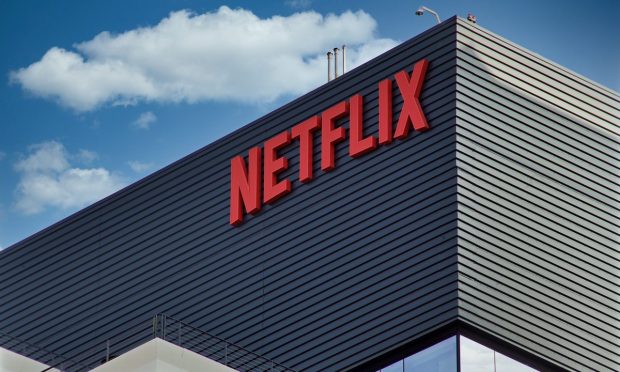Don’t Look Down: Slump in Netflix Subscribers Bucks Connected Economy’s Rise

Maybe the title for Netflix’s latest report on subscribers, on the battle for video streaming, and the striving to monetize it all, might be “Don’t Look Down.”
Losing 200,000 subscribers — as had been seen in the first quarter — is a big loss. Losing 2 million, as might happen in this quarter?
Well, that speaks to pressures well beyond the explanation of simple “pandemic fatigue,” which would conceivably send people outside and away from their screens.
With 222 million subscribers in place, at the end of the most recent period, a 1% loss may not sound like much.
But then again, consider the fact that, as PYMNTS research on the connected economy has found, streaming is gaining popularity — particularly among the 11 countries we surveyed that account for 50% of global GDP. A majority of the population in those countries has been streaming, and consumers are 40% more engaged in activities that are not simply about transacting.
Read also: 11-Nation Study: Deeper Engagement Key to Expanding Digital Transformation
“Our revenue growth has slowed considerably,” Netflix said in its letter detailing results. “Covid clouded the picture by significantly increasing our growth in 2020, leading us to believe that most of our slowing growth in 2021 was due to the Covid pull forward.”
Netflix noted that growth is impacted in part by factors that it cannot control, including the uptake of connected TVs (so, we note, there’s a bit of infrastructure that needs to be part of the picture).
Then there’s the sharing factor. In addition to the in-place paying households, Netflix has estimated that its platform is being shared with more than 100 million additional households (which, we add, represents an avenue that has yet to be monetized).
Looking Outside the U.S.
The company is projecting that most of its growth will come from outside the U.S. And the opportunity might indeed be there for Netflix to replace the attrition it currently is seeing. But it depends on where you look. In the U.K., for example, households are reducing subscriptions to streaming media in the midst of mounting inflation.
Read also: Streaming Subscriptions Decline in UK as Inflation Mounts
In the bid to monetize the platform, scale matters. On the post-earnings call discussion of results, management noted that the 100 million non-\subscribing households that watch Netflix “love the service.” But that love needs to be monetized. CEO Reed Hastings also said on the earnings discussion that content beyond TV and film represent opportunities in the future (“Exploding Kittens” — the upcoming show and game — came up). Also a possibility, as discussed on that same call: A lower priced offering that is supported by advertising.
The competitive pressures are mounting in streaming media in general, as Karen Webster noted in a recent column. In one recent example. Amazon has moved to buy MGM studios — indicating that for platforms, monetizing all manner of activities might be just an acquisition away.
Read here: Will Amazon Make Streaming Shoppable?
Losing 200K subscribers is a far sight “different” than the 2.5 million additions the company had forecast.
Wall Street hates an earnings miss, and so investors cratered the shares, sending them down 25% after hours. In terms of headline results, the consolidated top line was up about 10% to $7.87 billion, below the Street at $7.9 billion.
The pandemic gave tailwinds to Netflix. The great reopening — and competition from deep-pocketed players like Amazon — make what comes next a bit, well, bumpier.
